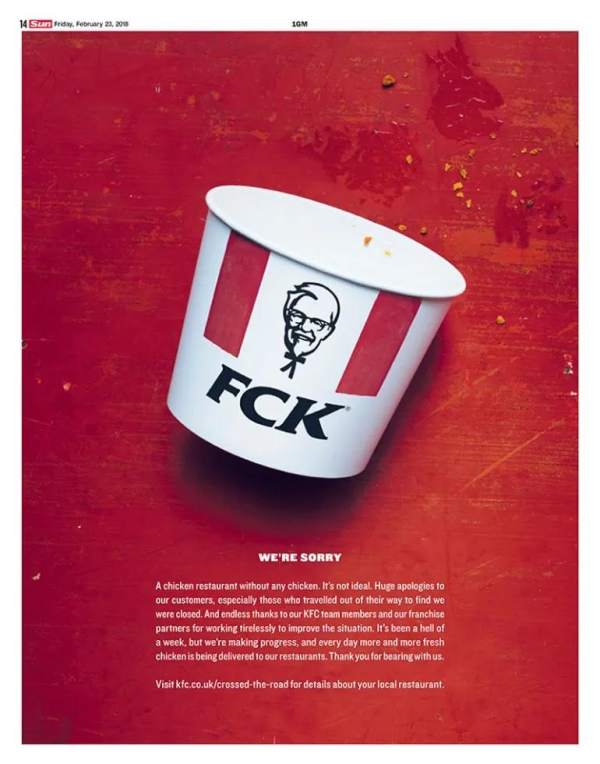
TL;DR: Marion Jones-Thompson was a superstar track and field athlete plagued by accusations of “doping” or the use of performance-enhancing drugs. Once these accusations finally caught up, she briefly apologized to friends, family, and fans who believed her during her journey. This brief address exemplifies a major sports scandal that rocked amateur athletics and caused a loss of trust in the individual and the system that enabled her.
So What? Obfuscation is the 100% opposite of what one should do when addressing others, especially when apologizing or making claims or promises. This speech gives us an excellent example of how to not speak frankly and honestly with an audience–an approach many consumers now expect.
Marion Jones-Thompson was a superstar track and field athlete plagued by accusations of “doping” or the use of performance-enhancing drugs. These accusations turned out to be accurate, with Jones-Thompson pleading guilty to lying about steroid use to federal agents and a separate check fraud scheme. She publicly apologized to friends, family, and fans the same day.
Her actions were a significant sports scandal that rocked amateur athletics and caused a loss of trust in the individual and the system that enabled her. Her follow-up statement regarding this issue was a good example of how not to apologize. Here’s what communicators can learn.
What Was the Marion Jones-Thompson Scandal?
Jones-Thompson, who emerged as a celebrated athlete in the late 1990s, achieved international fame at the 2000 Sydney Olympics by winning five medals: three gold and two bronze. However, her success was overshadowed by persistent rumors and allegations of drug use that eventually led to a comprehensive investigation by the Bay Area Laboratory Co-operative (BALCO).
In October 2007, Jones-Thompson held a press conference where she publicly admitted to using tetrahydrogestrinone provided by her former coach.
The International Olympic Committee (IOC) stripped Jones-Thompson of her five Olympic medals from the 2000 Sydney Games and annulled her results from September 2000 onwards. In January 2008, she was sentenced to six months in prison for perjury and her role in the check fraud scheme. Following the public disclosure of her actions, Jones-Thompson announced her retirement from athletics, marking a dramatic fall from grace for the once-celebrated athlete.
The Repercussions of Poor Apologies
Marion Jones-Thompson’s apology is a clear example of what not to do. There’s no doubt about her sincerity, but she gives a generic admission of guilt that doesn’t own up to the specifics of what she did.
It’s important to note that Jones-Thompson had been dogged by accusations of doping for decades, including her years competing in high school. She avoided disclosure of her drug use by missing testing days, lying, and using legal means to come back into sports.
This, of course, isn’t mentioned in the speech:
“Over the many years of my life as an athlete in track and field, you have been fiercely loyal and supportive towards me. My family has been even more faithful and supportive than words can declare, especially my dear mother, who stands by my side today.
And so it is with a significant amount of shame that I stand before you and tell you that I have betrayed your trust. I want all you to know that today I plead guilty to two counts of making false statements to federal agents.”
In her short statement, Jones-Thompson avoids mentioning specifics regarding the doping and related charges, which can blunt the power of that apology… or at least cause listeners to question how well you understand the pain you’ve caused.
Similarly, poor apologies (including a lack of transparency) can damage a brand. A significant example of this is the one that followed the Equifax breach. After a hack exposed the personal information of up to 147 million people, Equifax spent a month attempting to internally address the issue before notifying customers and federal regulators. Meanwhile, company insiders may have sold up to $2 million in Equifax stock.
The CEO’s apology was a stiff video expressing remorse over the problem two weeks after the news broke. This late apology came across as insincere damage control rather than an action-focused attempt to address the issue.
In contrast, KFC has been lauded as a shining example of how to issue a brand apology. In 2018, the chain caused a considerable stir when it shot down hundreds of restaurants in the UK due to a lack of chicken (driven mainly by poor planning and logistics).
 The brand released a full-page ad in major British newspapers showing a KFC bucket with the word “FCK” on it and a heading that simply read “We’re Sorry.” The message provided in that ad was simple: we messed up, we know we messed up, and we apologize as we work to correct this problem.
The brand released a full-page ad in major British newspapers showing a KFC bucket with the word “FCK” on it and a heading that simply read “We’re Sorry.” The message provided in that ad was simple: we messed up, we know we messed up, and we apologize as we work to correct this problem.
This apology was well-received by critics for a few reasons:
- Honesty: They released their apology immediately, without attempting to minimize the issue. They described the problem with clarity and candor.
- Humor: While many incidents don’t call for humor as an apology, KFC was willing to make fun of itself, which generated positive publicity for its apology.
- Transparency: KFC updated consumers on their website about availability and store openings. This had the secondary benefit of driving more customers to KFC’s digital channels.
Jones-Thompson never returned to competitive sports after her apology, and largely fell out of the public eye. Equifax is still around, but its brand image never recovered. But people still love KFC.
Marketer Takeaway
Honesty is the best policy. But in marketing, honesty is often a difficult choice. When appearance and impressions are mission-critical, company executives will feel the temptation to paint a rosy picture, or avoid tackling crises head-on.
So here are some best practices for marketers and communicators who need to make a public apology:
- Own the Problem: If you can articulate the issue, then people feel you hear their concerns. This also means jumping on the problem immediately–the more you wait, the less authentic your apology seems.
- Prioritizing Transparency: Let people know exactly what is being done to address the issue. Don’t over-promise or obfuscate. Transparency means planning, implementing, and following through with these efforts.
- Keeping Customers Up to Date: Don’t assume that the apology is the end of your work. Do whatever is necessary to keep customers in the loop regarding what is being done to solve the problem.
Media Shower has helped over 500 clients master their marketing. Try our new platform and say bye-bye to brainstorming.
